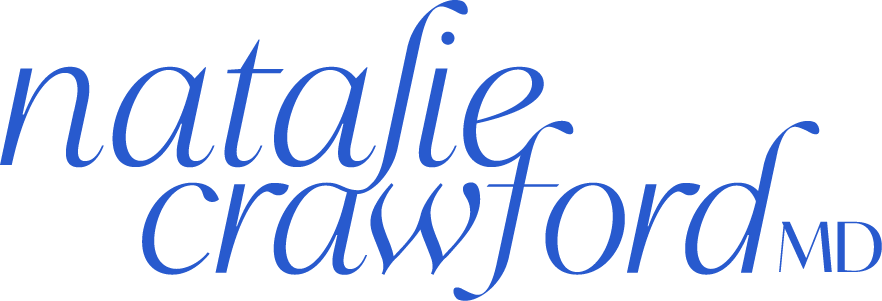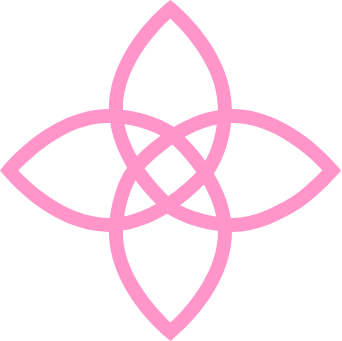How Many Eggs Do You Need To Get A Normal Embryo?
As a fertility doctor, I talk to patients every day about their IVF journeys and the challenges they face. One of the most common questions I get is: how many eggs do you need to get to a normal embryo? This is such an important question, because understanding the numbers and the odds can really help set appropriate expectations as you go through the IVF process.
What do the studies say?
A recent study published in Fertility and Sterility looked at this exact question, and I think the findings are really valuable for anyone considering IVF. The study looked at over 2,600 IVF cycles and analyzed how many mature eggs were needed to produce at least one euploid, or chromosomally normal, blastocyst embryo. They broke it down by female age, looking at women 34 and younger versus 35 and older. The results were eye-opening. For women 35 and under, the average number of mature eggs needed to get one normal embryo was just 4.9 - so around 5 eggs. That's really reassuring, because it means that even if you have diminished ovarian reserve, you may only need to retrieve 5-6 eggs to have a good shot at a normal embryo. However, the numbers start to climb quickly as women get older. At age 37, the average jumps to 5.8 eggs needed. By age 40, it's up to 12.2 eggs. And once you hit 42, you're looking at needing an average of 23 eggs to get one normal embryo. At 43 and beyond, the numbers are even more staggering - 39.7 eggs on average. These statistics really highlight the profound impact that age has on egg and embryo quality. As we get older, not only do we have fewer eggs, but the percentage of those eggs that are chromosomally normal decreases dramatically. This is why IVF success rates plummet as women approach their mid to late 40s. The study also looked at the percentage of women who ended up with no normal embryos at all after their first IVF cycle. For women 35 and under, that number was 9%. But by age 38, it jumped to 36%. And for women 42 and older, a staggering 72% had no normal embryos.
”Knowing the odds can help you prepare.”
These statistics are a lot to take in, I know. But I think it's so important for patients to have this information upfront, rather than going into IVF with unrealistic expectations. IVF is an emotional, physical, and financial rollercoaster, and knowing the odds can really help you prepare mentally and financially for what may lie ahead. Of course, these are just averages - your individual experience may be better or worse. But having a sense of the general trends can be invaluable. If you're in your late 30s or 40s and your first IVF cycle doesn't yield any normal embryos, for example, you'll know that it's not necessarily a reflection on you or your doctor. It may just be a numbers game.
Embryo Banking
This is also why I'm such a big proponent of embryo banking, especially for women who want more than one child. The study found that to have a 95% chance of at least two euploid embryos, women 35 and under would need to freeze 5-6 embryos. But by age 40, that number jumps to 15 embryos. At 42, you'd need 23 embryos. Knowing these statistics can really help inform your family planning decisions. If you're in your late 30s or early 40s and want two or three kids, it may be worth considering doing multiple egg retrievals upfront to bank some embryos. That way, you can increase your odds of success and avoid the stress and uncertainty of going through multiple fresh IVF cycles later on.
At the end of the day, I know these numbers can feel daunting. But my goal in sharing this information is not to scare you, but to empower you. Knowledge is power, and understanding the realities of egg and embryo quality can help you make the best decisions for your unique situation. I'm here to support you every step of the way.

